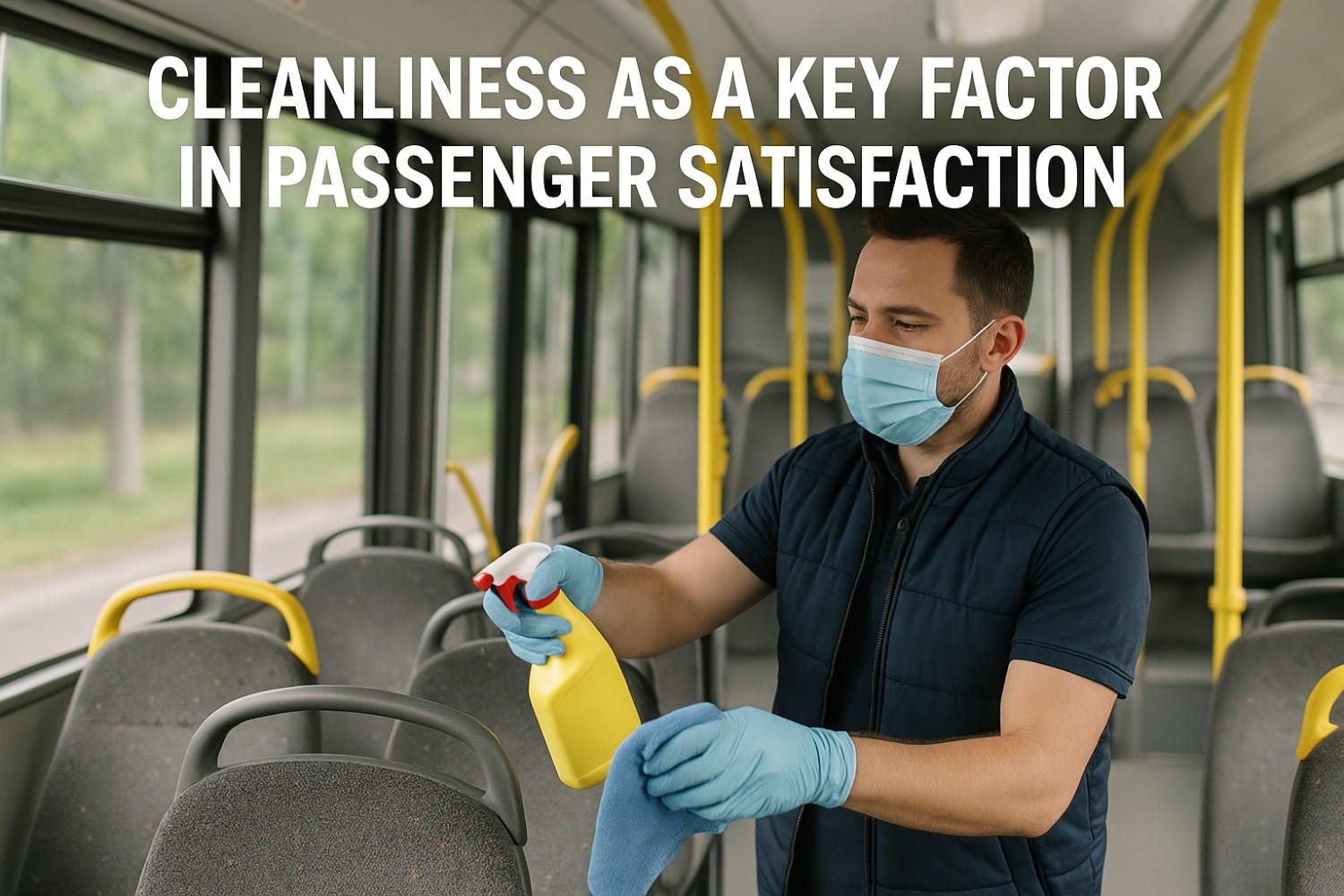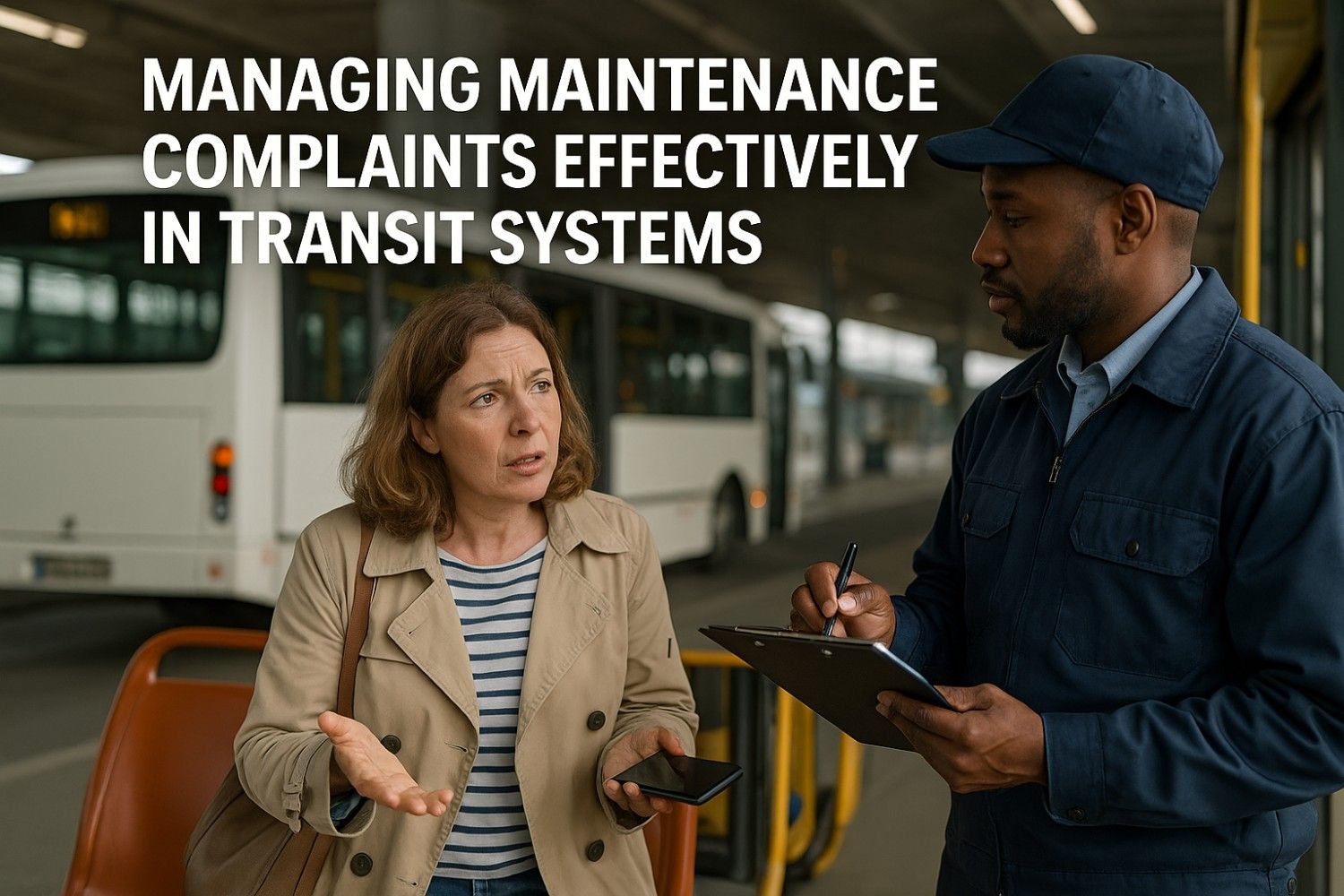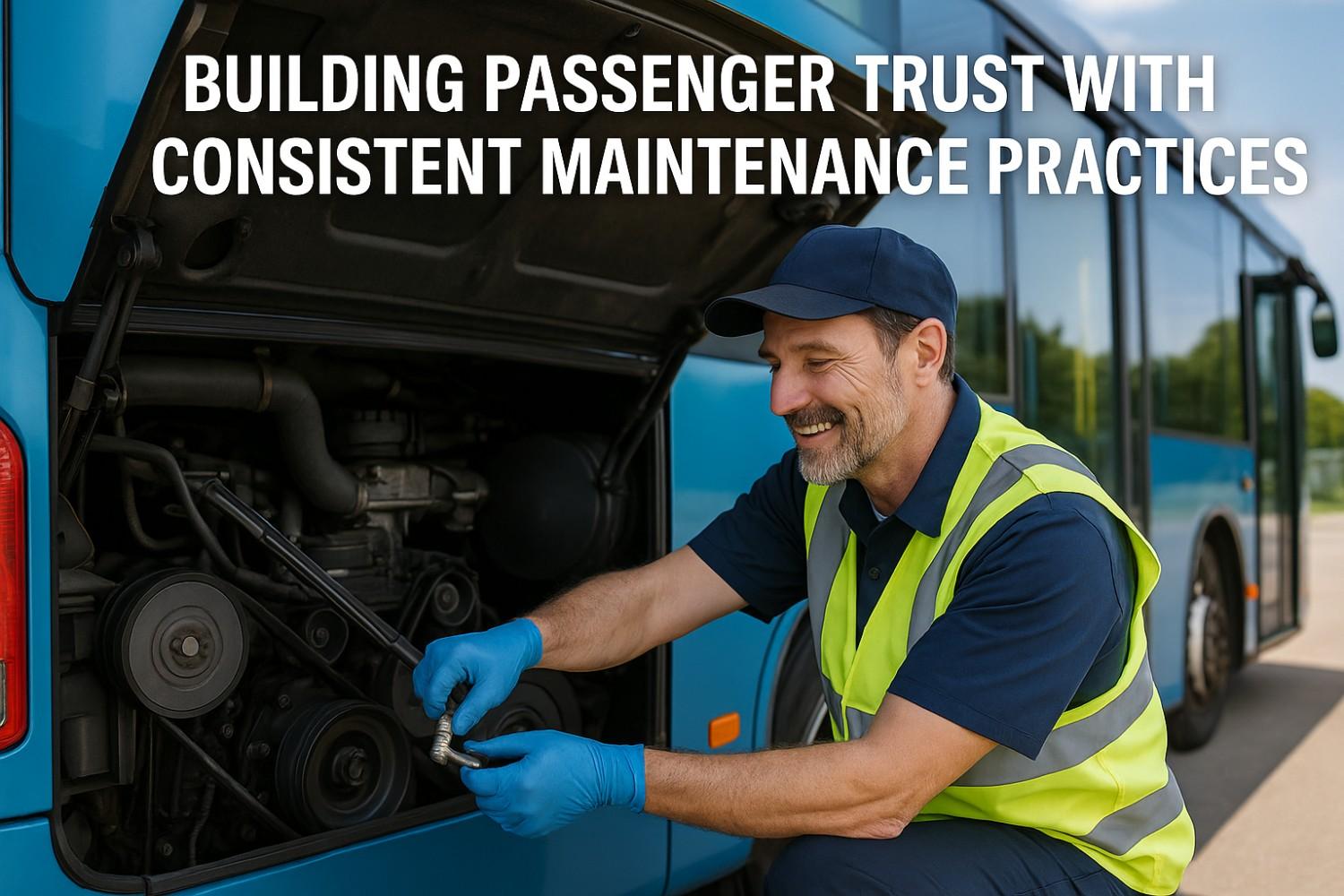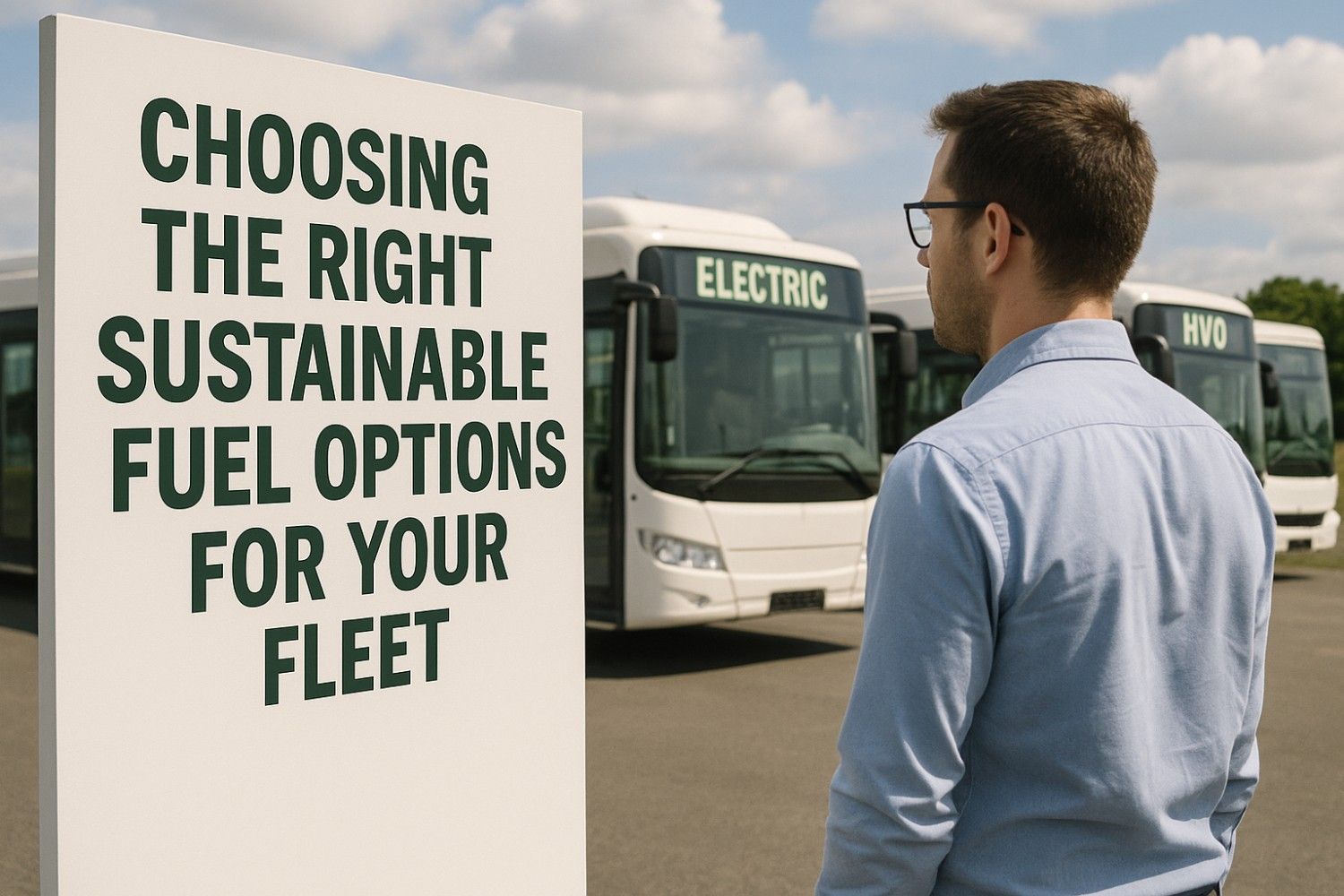Cleanliness represents the most immediately visible indicator of transit quality that passengers encounter the moment they board a bus. Before experiencing ride quality, schedule reliability, or driver professionalism, riders instinctively assess vehicle cleanliness, forming instant judgments about overall service standards based on visible surfaces, odors, and sanitary conditions. A spotless interior communicates respect for passengers and organizational commitment to excellence, while dirty vehicles signal neglect regardless,of how well mechanical systems function or how punctually buses arrive.
The psychological impact of cleanliness extends far beyond simple aesthetics. Passengers spending thirty minutes aboard dirty buses experience mounting discomfort that colors their entire transit perception, overshadowing positive operational aspects. Sticky floors, stained seats, overflowing trash receptacles, and unpleasant odors create visceral negative reactions that passengers remember and share, generating word-of-mouth reputation damage far exceeding the relatively modest investment required to maintain immaculate interiors consistently across entire fleets.
Progressive transit agencies implementing comprehensive cleanliness management programs report transformative satisfaction improvements: 89% passenger approval ratings for cleanliness standards, 67% reduction in cleanliness-related complaints, 43% increase in ridership attributed to improved vehicle conditions, and 91% employee satisfaction with systematic cleaning protocols. These results demonstrate that strategic cleanliness management creates measurable value while differentiating quality-focused operators from competitors accepting mediocre standards, proving that visible excellence builds ridership loyalty worth multiples of cleaning program investments.
Elevate Your Fleet's Cleanliness Standards
Systematic cleaning management integrated with maintenance operations ensures consistent vehicle presentation that passengers notice, appreciate, and reward with continued patronage.
Getting Started Book a DemoUnderstanding Passenger Cleanliness Expectations
Contemporary passengers apply cleanliness standards comparable to personal vehicles, retail environments, and hospitality settings when evaluating transit quality. The expectation gap between acceptable home cleanliness and tolerable public transportation cleanliness has narrowed dramatically as society's overall sanitation standards have risen, particularly following heightened awareness of disease transmission during recent public health crises.
Critical Cleanliness Assessment Areas
Passengers conduct unconscious cleanliness evaluations the moment they approach buses, scanning exteriors for dirt accumulation, window clarity, and general appearance before even boarding. Upon entry, immediate assessment focuses on floor conditions, seat cleanliness, handrail sanitation, and overall odor. These first impressions form within seconds and prove remarkably difficult to reverse through subsequent positive experiences, making consistent cleanliness standards essential rather than occasional excellence.
Different passenger demographics prioritize different cleanliness aspects. Parents with young children obsess over floor cleanliness and surface sanitation where little hands touch. Elderly passengers focus on clear windows enabling navigation and seating areas requiring extended contact. Commuters notice accumulation patterns indicating whether cleaning occurs between peak periods or only overnight. Understanding these varied perspectives enables comprehensive cleaning protocols addressing all passenger concerns rather than generic approaches missing critical touchpoints.
Cleanliness as Trust Indicator
- Maintenance Quality Correlation: Passengers perceive clean vehicles as well-maintained mechanically regardless of actual correlation
- Organizational Competence Signal: Cleanliness demonstrates attention to detail suggesting broader operational excellence
- Respect Communication: Immaculate interiors convey that agencies value passenger comfort and dignity
- Safety Association: Sanitary environments create subconscious confidence in overall safety standards
- Professional Image Projection: Cleanliness positions transit as legitimate transportation choice rather than option of last resort
Health and Safety Dimensions of Vehicle Cleanliness
Critical Sanitation Priorities
- High-Touch Surface Disinfection: Handrails, seat backs, request buttons, and door handles requiring frequent sanitization
- Floor Sanitation Protocols: Regular cleaning preventing bacterial accumulation in high-traffic areas
- Air Quality Management: HVAC system maintenance ensuring clean, fresh air circulation throughout vehicles
- Fluid Spill Response: Immediate cleanup procedures for biological hazards protecting passenger health
Cleanliness transcends aesthetics when addressing actual health hazards requiring systematic sanitation protocols. High-touch surfaces harbor bacteria and viruses that spread illness among passengers sharing confined spaces during daily commutes. Regular disinfection using appropriate antimicrobial products reduces disease transmission while demonstrating visible commitment to passenger wellbeing that builds confidence in agency health priorities.
Public health agencies increasingly recognize transit vehicles as critical disease transmission vectors requiring heightened sanitation attention. Transit agencies demonstrating rigorous cleaning protocols position themselves as responsible community partners supporting public health objectives while protecting ridership from communicable illness outbreaks that would simultaneously impact operations through staff illness and ridership decline from health-conscious passengers avoiding transit during disease seasons.
Systematic Cleaning Schedule Management
Consistent cleanliness requires sophisticated scheduling systems ensuring all vehicles receive appropriate attention at correct frequencies based on usage patterns, passenger loads, and service types. Random or reactive cleaning approaches create visible inconsistency that passengers notice, undermining trust in organizational reliability while allowing dirt accumulation that becomes progressively harder to address.
Multi-Tier Cleaning Protocols
Between-Trip Quick Cleans
Rapid interventions during route layovers addressing visible trash and major spills
Daily Deep Cleaning
Comprehensive interior sanitation including floor washing, seat cleaning, and surface disinfection
Weekly Intensive Service
Detailed cleaning addressing areas requiring less frequent but thorough attention like ceiling panels and storage areas
Monthly Restoration
Professional-grade cleaning tackling accumulated grime and performing preventive treatments
Effective cleaning schedule management considers operational patterns determining when and where vehicles can access cleaning facilities without disrupting service. Integrated scheduling systems coordinate cleaning activities with maintenance windows, maximizing efficiency by combining tasks while ensuring vehicles remain available during peak service hours when passenger demand requires maximum fleet deployment.
Route-Specific Cleaning Adjustments
Different routes generate varied cleaning requirements based on passenger demographics, trip durations, and ridership volumes. Express commuter routes with brief passenger dwell times remain cleaner than local routes serving longer trips with eating and drinking. School routes require enhanced attention during academic years while experiencing reduced requirements during summer breaks. Dynamic cleaning protocols acknowledge these variations, allocating resources proportionally to actual need rather than applying uniform standards regardless of usage patterns.
Quality Control and Inspection Standards
Maintaining consistent cleanliness across large fleets requires systematic quality control programs verifying that cleaning activities achieve defined standards rather than merely confirming tasks were performed. Visual inspection protocols, passenger feedback mechanisms, and third-party audits create accountability ensuring cleaning personnel meet expectations while identifying training needs or resource deficiencies preventing optimal performance.
Comprehensive Quality Assessment Methods
- Pre-Service Inspections: Supervisory review before vehicles enter passenger service each day
- Random Spot Checks: Unannounced inspections throughout service days catching inconsistencies
- Passenger Feedback Integration: Systematic collection and analysis of cleanliness comments and complaints
- Photographic Documentation: Visual records enabling objective assessment and trend analysis over time
- ATP Testing: Scientific measurement of surface cleanliness using adenosine triphosphate detection technology
- Third-Party Audits: Independent assessments providing unbiased evaluation of cleanliness standards
Quality control results should drive continuous improvement rather than punitive actions against cleaning staff. When inspections reveal deficiencies, root cause analysis determines whether inadequate training, insufficient time, inappropriate products, or unrealistic expectations cause problems. This diagnostic approach solves actual issues rather than blaming personnel for systemic failures beyond their control, creating cultures of excellence rather than fear that ultimately undermines quality.
Integration with Maintenance Operations
Cleanliness management intersects significantly with mechanical maintenance, as both functions access identical vehicles during similar timeframes while addressing different aspects of overall fleet condition. Strategic integration between cleaning and maintenance operations maximizes efficiency while ensuring neither function compromises the other through poor coordination or resource conflicts.
Coordinated Scheduling Benefits
When vehicles enter maintenance facilities for mechanical service, simultaneous deep cleaning maximizes downtime productivity rather than requiring separate service interruptions. This coordination reduces overall out-of-service time while ensuring cleaned vehicles receive mechanical attention before returning to passenger service, preventing situations where clean buses develop mechanical issues or freshly repaired vehicles appear dirty to passengers expecting excellence after maintenance.
Maintenance inspections often reveal cleanliness issues requiring attention, while cleaning operations identify mechanical problems needing repair. Windshield washer fluid depletion, interior light failures, seat damage, and door mechanism issues all become apparent during thorough cleaning activities. Integrated communication systems enable cleaners to report mechanical concerns discovered during sanitation work, creating additional quality control layers supplementing formal inspection programs.
Facility and Equipment Optimization
Automated Washing Systems
Drive-through exterior cleaning equipment ensuring consistent results with minimal labor
Specialized Interior Equipment
Professional-grade floor scrubbers, steam cleaners, and extraction machines for deep sanitation
Product Storage Systems
Organized cleaning supply management ensuring correct materials remain available and properly stored
Staff Training and Professional Development
Essential Training Components
- Product Knowledge: Understanding appropriate cleaning agents for different surfaces and applications
- Technique Mastery: Proper methods maximizing cleaning effectiveness while minimizing time and product waste
- Safety Protocols: Personal protective equipment use and chemical handling procedures protecting worker health
- Quality Standards: Clear understanding of expectations and assessment criteria defining acceptable results
- Equipment Operation: Proficiency with mechanical cleaning tools and automated systems
Professional cleaning requires specific skills and knowledge that training programs must systematically develop rather than assuming personnel instinctively understand proper techniques. Investment in comprehensive training pays dividends through improved cleaning effectiveness, reduced product waste, decreased equipment damage from improper use, and enhanced employee satisfaction from competence confidence creating pride in professional work.
Ongoing professional development addresses emerging challenges like new vehicle models with different materials requiring specialized care, evolving sanitation standards incorporating latest public health research, and updated products offering improved performance or environmental benefits. This continuous learning approach maintains workforce capabilities aligned with changing operational requirements while demonstrating organizational commitment to employee growth that improves retention in positions often suffering high turnover.
Environmental Sustainability in Cleaning Operations
Modern cleaning programs must balance effectiveness with environmental responsibility, selecting products and methods that achieve sanitation goals while minimizing ecological impact. Passengers increasingly value sustainability alongside cleanliness, expecting transit agencies to demonstrate environmental stewardship through every operational aspect including cleaning product selection and water usage management.
Sustainable Cleaning Practices
Green Product Selection
Environmentally certified cleaning agents delivering results without harmful chemical impacts
Water Conservation
Efficient cleaning methods and reclamation systems minimizing water consumption
Waste Reduction
Concentrated products, reusable materials, and recycling programs decreasing landfill contributions
Green cleaning programs generate marketing value beyond operational benefits, providing tangible evidence of sustainability commitment that resonates with environmentally conscious passengers. Certifications from recognized environmental organizations like Green Seal or EcoLogo enable agencies to credibly communicate cleaning program sustainability while differentiating service quality through values-based positioning attracting riders prioritizing environmental responsibility in transportation choices.
Measuring Cleanliness Impact on Satisfaction
Quantifying cleanliness contributions to overall passenger satisfaction requires systematic measurement connecting observable cleaning improvements with ridership behavior, satisfaction survey responses, and complaint patterns. These metrics validate cleaning program investments while identifying opportunities for targeted improvements maximizing satisfaction returns on cleaning expenditures.
Key Performance Indicators
- Passenger Satisfaction Scores: Survey responses specifically addressing vehicle cleanliness perceptions
- Complaint Volume Trends: Changes in cleanliness-related feedback following program enhancements
- Ridership Correlation: Analysis of whether cleanliness improvements correspond with increased transit usage
- Social Media Sentiment: Monitoring online commentary about fleet cleanliness and appearance
- Quality Inspection Results: Internal assessment scores tracking cleaning consistency over time
- Comparative Benchmarking: Performance relative to peer agencies and industry standards
Longitudinal data analysis reveals cleanliness impact on long-term satisfaction trends rather than isolated incidents. When systematic cleaning improvements precede sustained satisfaction increases and complaint reductions, agencies can confidently attribute value to cleaning investments while justifying continued resource allocation even during budget pressures tempting short-sighted cuts to "non-essential" services that passengers actually consider fundamental to acceptable transit quality.
Technology Integration for Cleaning Management
Modern cleaning programs leverage technology platforms tracking work completion, managing supply inventories, scheduling personnel, and documenting quality inspections. These systems eliminate manual record-keeping while providing real-time visibility into cleaning operations that enables proactive management intervention when performance issues emerge before they impact passenger satisfaction.
Digital Cleaning Management Capabilities
Mobile applications enable cleaning personnel to document work completion with timestamped photographs proving tasks were performed to standards. Digital checklists ensure comprehensive attention to all required areas rather than relying on memory or informal procedures that allow inconsistency. GPS tracking verifies vehicle location during cleaning windows, confirming proper scheduling compliance while identifying efficiency opportunities when unnecessary vehicle movements waste time and fuel.
Integration with fleet maintenance platforms creates unified operational visibility where managers see both mechanical service status and cleaning condition simultaneously. This comprehensive perspective prevents situations where mechanically sound vehicles remain unavailable due to cleaning backlogs, or freshly cleaned buses develop mechanical issues requiring service before entering passenger operation. Coordinated scheduling maximizes fleet availability while ensuring passenger-facing quality across all operational dimensions.
Automated Resource Management
Supply Inventory Tracking
Automated reordering preventing cleaning supply shortages that compromise standards
Staff Scheduling Optimization
Labor allocation matching cleaning workload with personnel availability and skills
Cost Analysis Reporting
Financial tracking enabling data-driven decisions about product selection and process efficiency
Passenger Education and Expectation Management
While agencies bear primary responsibility for vehicle cleanliness, passenger behavior significantly impacts maintenance challenges. Educational initiatives encouraging riders to dispose trash properly, report spills immediately, and respect public spaces create collaborative cultures where passengers become cleanliness partners rather than passive consumers expecting perfect conditions regardless of their own contributions to vehicle condition.
Effective Education Strategies
Signage promoting personal responsibility for cleanliness should emphasize community values and mutual respect rather than punitive messaging that generates resentment. Appeals to pride in shared spaces resonate more effectively than threats, fostering cultures where most passengers voluntarily maintain standards while social pressure discourages antisocial behavior from minority violators who might ignore official rules but respond to peer expectations.
Real-time feedback mechanisms enabling passengers to report cleanliness concerns through mobile apps transform riders into distributed quality control networks supplementing official inspection programs. When passengers can easily photograph and report problems with specific vehicle identification, agencies receive immediate notification enabling rapid response before issues affect additional passengers. This collaborative approach demonstrates responsive organizational culture while leveraging community engagement for operational benefit.
Frequently Asked Questions
How does Bus CMMS improve vehicle cleanliness management and passenger satisfaction?
Bus CMMS revolutionizes cleanliness management by creating systematic scheduling, quality control, and accountability frameworks that ensure consistent vehicle presentation across entire fleets. The platform generates customized cleaning schedules based on vehicle usage patterns, route characteristics, and passenger loads, ensuring high-traffic buses receive appropriately frequent attention while allocating resources efficiently across the fleet. Digital checklists guide cleaning personnel through comprehensive procedures covering all critical areas, preventing oversight of easily forgotten but passenger-visible details that undermine cleanliness perceptions. Mobile documentation capabilities enable timestamped photographic proof of completed work, creating accountability while providing quality control data revealing trends requiring management intervention. Integration with maintenance scheduling coordinates mechanical service with deep cleaning activities, maximizing efficiency by combining related tasks while minimizing overall vehicle downtime. Automated quality inspection tracking creates performance metrics identifying individual vehicles, personnel, or facilities generating cleanliness issues requiring targeted improvement initiatives. Real-time passenger complaint integration connects cleanliness feedback directly to responsible personnel and supervisors, enabling immediate corrective action before isolated incidents become systemic satisfaction problems. Supply inventory management ensures cleaning materials remain consistently available, preventing situations where product shortages force personnel to compromise standards or delay critical sanitation activities. Analytics dashboards correlate cleanliness investments with passenger satisfaction scores and ridership trends, validating program effectiveness while identifying optimization opportunities maximizing satisfaction returns on cleaning expenditures. Staff scheduling optimization matches labor resources to workload fluctuations across different operational periods, preventing both understaffing that compromises quality and overstaffing that wastes budget. With documented improvements including 89% passenger cleanliness approval ratings and 67% fewer complaints, comprehensive cleaning management through integrated platforms proves that systematic approaches create measurable satisfaction improvements worth multiples of program costs.
What ROI can transit agencies expect from investing in comprehensive cleanliness programs?
Transit agencies implementing systematic cleanliness programs achieve return on investment within 4-8 months through combined ridership growth, operational efficiency gains, and cost avoidance. Passenger satisfaction improvements of 70-90% for cleanliness specifically correlate with overall satisfaction increases of 25-40%, translating to ridership growth of 10-18% as enhanced vehicle conditions attract choice riders who previously avoided transit due to cleanliness concerns. Research consistently demonstrates that cleanliness ranks among top three satisfaction factors influencing mode choice decisions, making investments in this area remarkably cost-effective for ridership development. Complaint reduction of 60-70% decreases customer service costs while freeing staff for productive activities rather than addressing preventable dissatisfaction. Vehicle longevity improvements of 2-3 years result from systematic cleaning preventing corrosive dirt accumulation, moisture retention causing rust, and debris interfering with mechanical systems, delaying capital replacement costs worth hundreds of thousands per vehicle. Maintenance cost reductions of 15-25% occur when regular cleaning identifies emerging mechanical issues during early stages requiring minor interventions rather than allowing problems to escalate into major failures. Marketing and promotional cost reductions result from positive word-of-mouth and social media commentary replacing paid advertising, as passengers voluntarily promote clean, attractive transit attracting new riders organically. Employee satisfaction improvements reduce turnover in cleaning positions traditionally suffering high attrition, decreasing recruitment and training costs while improving quality through experienced personnel. Public image enhancements from clean fleets strengthen community support for funding initiatives, bond measures, and service expansions requiring voter approval or political backing. Property value increases near transit stops serving clean, attractive vehicles generate economic development benefits supporting broader community prosperity. Health cost avoidances from disease transmission reduction through enhanced sanitation protect both passengers and staff while reducing operational disruptions from illness-related absences. Combined with intangible benefits including strengthened brand reputation, improved community pride, and enhanced employee morale, comprehensive cleanliness programs deliver value far exceeding costs while fundamentally transforming passenger perceptions and ridership behaviors.
Conclusion
Vehicle cleanliness represents the most immediately visible quality indicator passengers encounter, forming instant judgments about overall service excellence that color every subsequent transit experience. By implementing systematic cleaning management programs integrated with maintenance operations, progressive transit agencies demonstrate respect for passengers while creating tangible competitive advantages distinguishing quality operators from mediocre alternatives accepting substandard conditions.
The documented improvements achieved through comprehensive cleanliness programs—89% passenger approval ratings, 67% fewer complaints, 43% ridership increases—prove that visible excellence creates measurable value while building loyalty that transcends occasional service disruptions. When passengers consistently encounter immaculate vehicles, they develop confidence in organizational competence extending beyond cleaning to include mechanical reliability, safety standards, and operational professionalism that strengthens transit's competitive position against private transportation alternatives.
As passenger expectations continue rising across all service industries, transit agencies accepting mediocre cleanliness increasingly struggle to attract and retain choice riders whose transportation alternatives offer consistently superior conditions. Organizations embracing cleanliness as strategic priority position themselves as quality leaders worthy of continued community support and public investment, creating sustainable competitive advantages through operational excellence that passengers notice, appreciate, and reward with loyalty. The systems, methods, and technologies enabling world-class cleanliness exist today, requiring only commitment to passenger-first values and recognition that visible excellence builds ridership worth multiples of cleaning program investments.
Transform Fleet Cleanliness Into Competitive Advantage
Implement systematic cleaning management that ensures every passenger experiences the immaculate vehicle conditions building satisfaction, loyalty, and sustained ridership growth through visible operational excellence.







